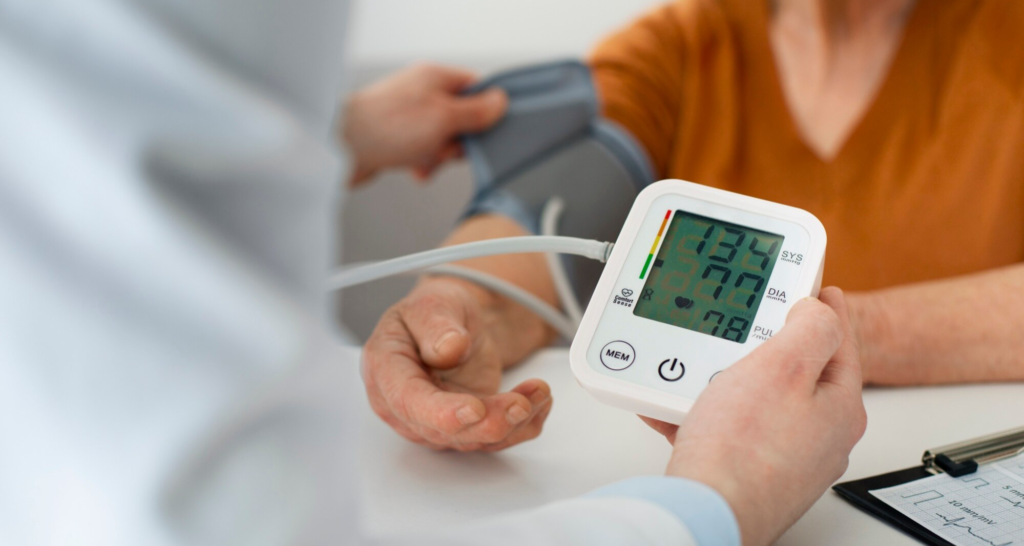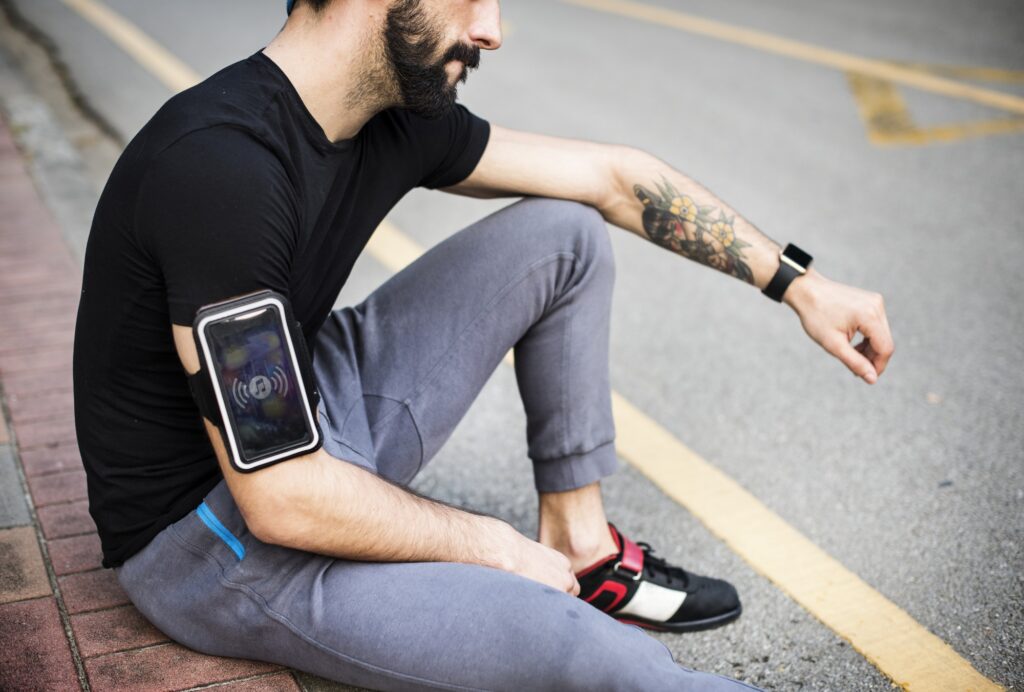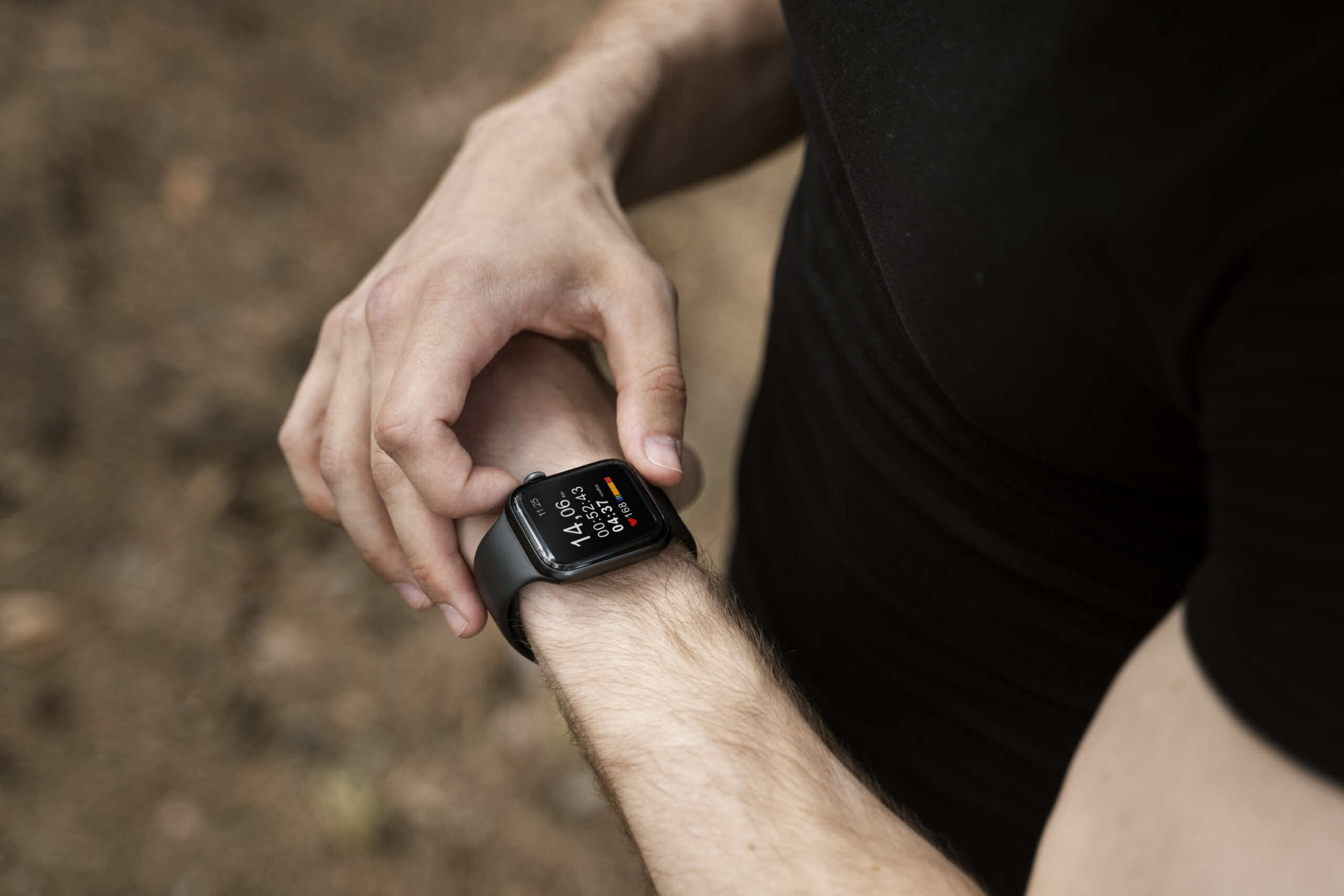
Smart watches are becoming more than simply devices for keeping track of steps or monitoring the time. These days, they have sophisticated functions like blood oxygen levels, sleep tracking, and heart rate monitoring.
Their ability to measure blood pressure has been one of the most talked-about features lately. However, what is the accuracy of these readings? Can something as important as blood pressure monitoring be done with a smartwatch?
Let’s examine this subject in more detail.
What Is Blood Pressure Monitoring?
The force that your blood applies to your artery walls while your heart pumps is known as blood pressure. It’s a crucial sign of your general wellness. Serious health problems including heart disease, stroke, or even kidney failure can result from either high blood pressure (hypertension) or low blood pressure (hypotension).
Traditionally, a sphygmomanometer—a device that includes a gauge, a pump, and a cuff—is used to measure blood pressure. Medical practitioners have been using this approach for decades because it is thought to be accurate.
However, tech firms now assert that a simple tap on your wrist may activate smart watches to provide the same data.
How Do Smart watches Measure Blood Pressure?
Blood pressure is estimated using optical sensors and algorithms in smart watches with blood pressure monitoring capabilities. These sensors, also known as PPG (Photoplethysmography) sensors, use light to monitor blood flow by observing variations in the absorption of light.
Additionally, some require calibration with a conventional blood pressure monitor.
The watch may give readings all day long after it has been calibrated. Pulse Transit Time (PTT), which measures the amount of time it takes for a pulse wave to move between two artery locations, may even be used in more sophisticated models.
How Accurate Are These Measurements?
This is the difficult part. Despite their innovation and convenience, smart watches’ accuracy in taking blood pressure readings is still debatable.
1. Problems with Calibration Regular calibration with a standard blood pressure monitor is necessary for many smart watches. The readings can be very inaccurate if they are not calibrated properly. For instance, a small mistake made during the initial setup can produce results that are continually off.
2. Environmental Elements Sweat, skin tone, wrist movement, and even tattoos can all cause interference with the sensors. Smart watches only use optical data, which is more susceptible to outside effects than standard cuffs, which use pressure to assess blood flow.
3. Insufficient Medical Certification Not every smart watch has a medical certification to take blood pressure readings. Many of them are advertised more as wellness tools than medical gadgets, but some, like Samsung’s Galaxy Watch series, have been approved by regulators in some nations.
Who Can Benefit from Smart watch Blood Pressure Monitoring?
Blood pressure-monitoring smart watches have limits, yet they can be useful in some situations:
Convenience: Smart watches are useful for those who like to monitor patterns over time rather than obtain extremely precise data.
Early Alerts: Certain smart watches have the ability to notify users if they see odd blood pressure patterns, which may indicate that they should consult a doctor.
Busy Lifestyles: People who struggle to see a doctor on a regular basis might use a smart watch as an additional tool to keep an eye on their health.
What Are the Limitations?
Smart watch blood pressure monitors are not an exception to the rule that no technology is flawless.
These are a few of the disadvantages:
Not a Substitute for Medical Devices: Although smart watches can support conventional approaches, they shouldn’t take their place, particularly for patients with severe medical issues.
Data privacy issues: It’s possible that your medical records are kept on the cloud, which raises concerns about data security.
Limited Compatibility: Some functions may only be used with particular apps or smart phones.
Smart watches That Offer Blood Pressure Monitoring.
The following are some well-known Smart watches that can measure blood pressure:
1. Samsung Galaxy Watch: Well-known for its cutting-edge health functions, such as blood pressure and ECG monitoring (which needs to be calibrated).
2. Amazfit GTR 4: This device uses PPG sensors to detect blood pressure, however it is advertised more for fitness than health.
3. Omron Heart Guide: A smart watch with medical certification made especially for tracking blood pressure.
How to Use a Smartwatch for Blood Pressure Monitoring.
Here are some pointers if you choose to use a smart watch for this:
1. Calibrate Correctly: Always adhere to the calibration guidelines provided by the manufacturer. For comparison, use a gadget that has been clinically validated.
2. Remain Motionless: Throughout the measurement, refrain from moving your wrist or torso. The sensors may be interfered with by movement.
3. Frequent Checks: Periodically compare the smart watch readings with those from a conventional blood pressure monitor.
What Does the Future Hold?
Blood pressure monitoring technology for smart watches is currently developing. Businesses are spending a lot of money on research to increase precision and dependability.
In the near future, smart watches may become as accurate as conventional techniques, increasing access to and affordability of healthcare.
Furthermore, smart watches may be able to identify patterns in your blood pressure data and anticipate any health hazards before they become significant thanks to developments in artificial intelligence and machine learning.
Should You Trust a Smartwatch to Measure Blood Pressure?
Your needs will determine the answer. A smart watch can be a helpful tool if you’re searching for a simple way to monitor trends and learn more about your health.
However, use conventional gadgets if you have a medical condition that requires accurate readings. Although they are great for tracking overall health, smart watches shouldn’t take the place of routine examinations or visits with medical professionals.
Never forget that technology is a tool, not a replacement for medical knowledge.
Conclusion.
With unprecedented accessibility and ease, smart watches have completely changed the way we keep an eye on our health. Though great, their blood pressure measurement skills are still lacking.
We might ultimately see smart watches with accuracy comparable to that of medical devices as technology advances.
In the interim, utilize them as an additional resource and seek medical advice for precise health evaluations. With the speed at which technology is developing, who knows? By offering early indications of serious health problems, a basic smart watch may soon be able to save lives.

1. Are smart watches accurate for measuring blood pressure?
Although they can give you a rough idea of your blood pressure, smart watches are not as accurate as conventional blood pressure monitors. Their readings may be affected by variables such as calibration, skin tone, wrist movement, and ambient circumstances. Even while they are useful for monitoring patterns, clinically validated devices should not be used in place of them, particularly for patients with severe medical conditions.
Do I need to calibrate my smart watch for blood pressure monitoring?
Yes, calibration is necessary for the majority of smart watches that monitor blood pressure. To make sure the smartwatch readings match precise measures, a conventional blood pressure monitor is used. For accurate findings, calibration is necessary, and depending on the device, it might need to be done again on a regular basis.
3. Can I use a smart watch to monitor my blood pressure daily?
Indeed, smart watches can be a useful tool for tracking blood pressure trends over time and for daily monitoring. They do not, however, replace professional devices or routine medical examinations. See a medical expert for additional assessment if you observe odd trends in your readings.
Are there any medically certified smart watches for blood pressure monitoring?
Yes, there are smart watches with medical certification for blood pressure monitoring, such as the Omron HeartGuide. Other gadgets, such as the Samsung Galaxy Watch, have been approved by authorities in other nations. Before depending on smartwatches for vital health monitoring, it’s crucial to verify their certifications and reviews, as many of them are promoted as wellness tools rather than medical equipment.

